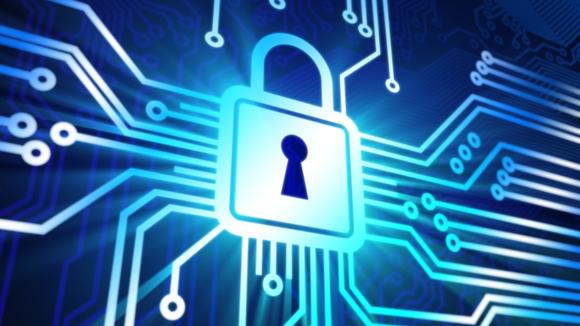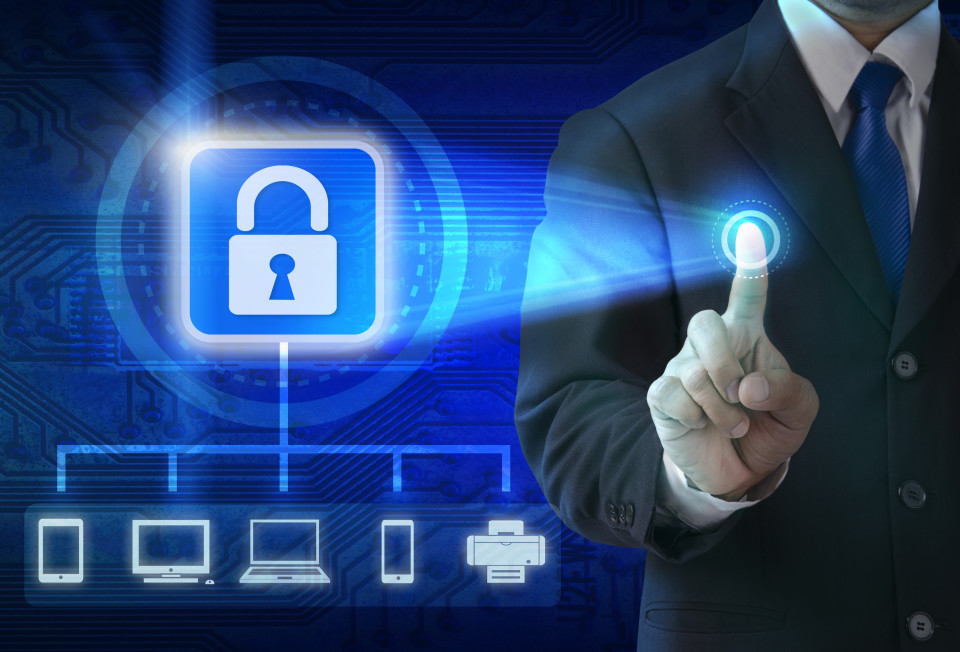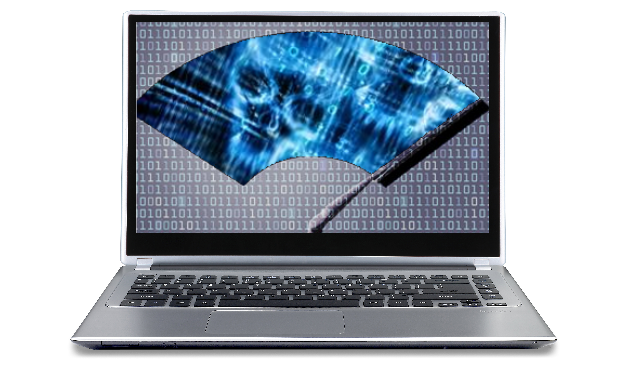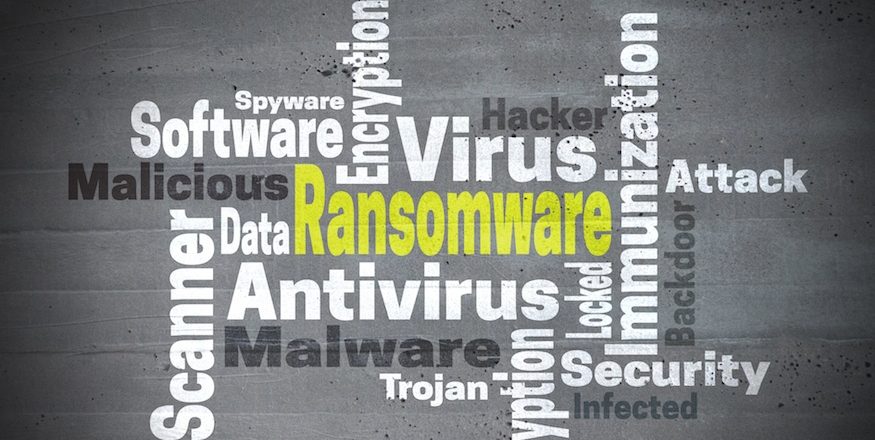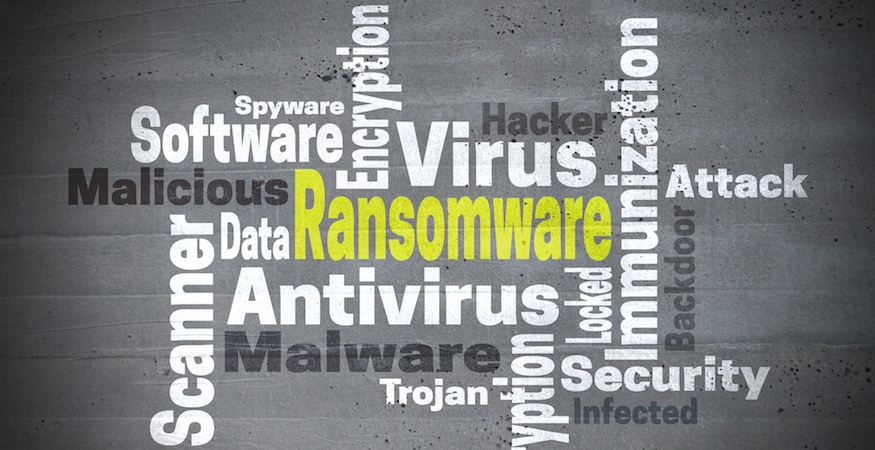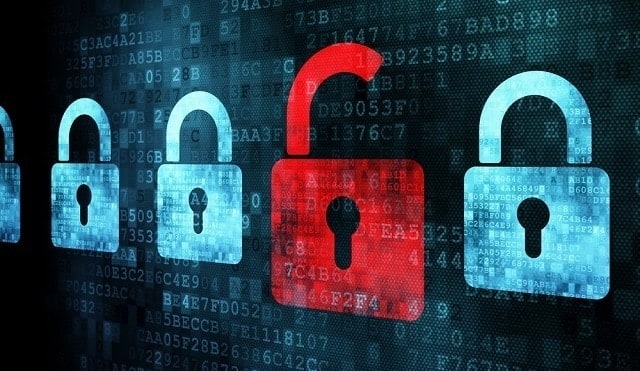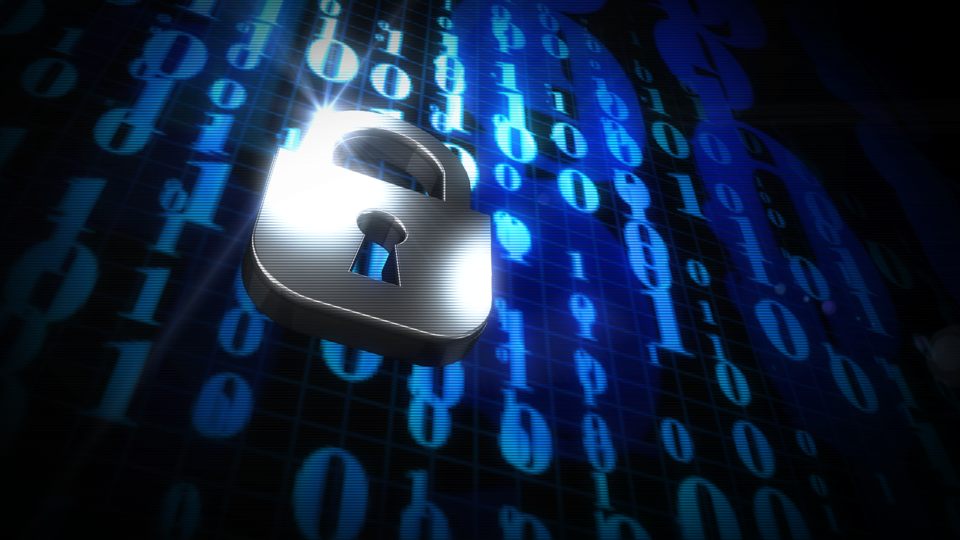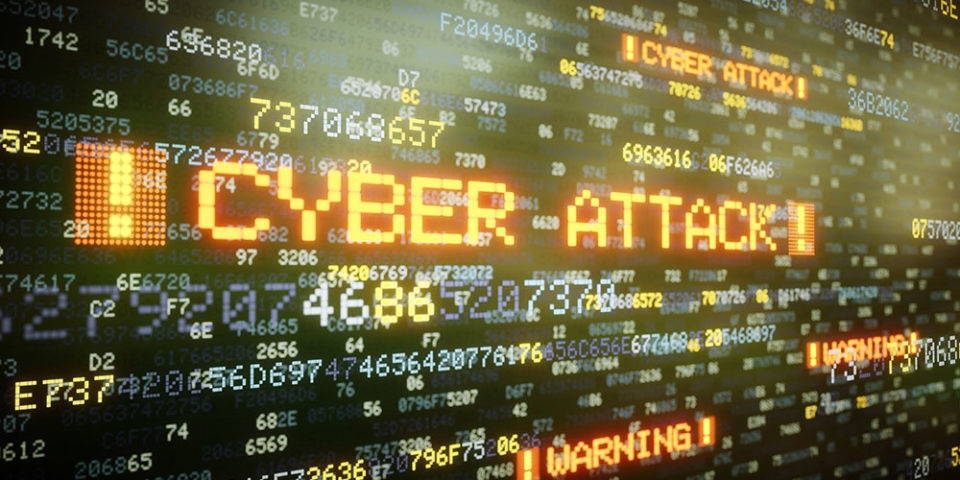Every business wants their IT infrastructure to be secure, so it’s crucial that you understand all your options. And two of the best are an SOC and an NOC.
A Security Operations Center (SOC) and a Network Operations Center (NOC) are exciting options for your defenses, but not everyone knows what they are. The good news is that both of these options, which can be based in-house or outsourced to external contractors, are here to protect your IT operations. And they both do this with a high level of sophistication, which ensures that cybersecurity threats are quickly identified and nullified.
How Does an SOC Protect Your IT Infrastructure?
Integrating an SOC into your cybersecurity strategies is one of the quickest ways to enhance your defenses. In short, an SOC is a dedicated team of professionals who can provide 24/7 monitoring of your IT systems. Their main duties include:
- Maintenance: one of the surest ways to keep any system operating effectively is through routine and preventative maintenance. And this is a duty which an SOC will take in its stride. From initiating and installing updates through to updating firewalls and managing backup protocols, a dedicated SOC will ensure that none of these vital tasks are missed.
- Creating response plans: in the case of a security incident, your organization needs to have a solid response plan ready to go. This could involve restoring data from backups, partitioning your networks, or even shutting your entire IT infrastructure down. Regardless of the strategy, you need to make sure that the perfect response plan has been formulated. And, thanks to the experience of those employed in an SOC, you can rest assured that your response minimizes disruption.
- Monitoring: security incidents can strike your organization at any time of day, so it’s important that you have round-the-clock monitoring to flag up any attacks. An SOC can take care of this by not only monitoring network activity, but also analyzing it to provide a strong determination as to the threat level posed. This allows the SOC team to quickly identify potential threats and react accordingly.
Why Does Your Organization Need an NOC?
IT networks are complex, highly complex. This means that monitoring them effectively is difficult, but crucial when it comes to securing them. It’s difficult for your standard IT team to dedicate themselves to this task, so this is why the emergence of NOCs is so exciting for organizations. With an NOC supporting your IT infrastructure, you can expect 24/7 coverage in the following areas:
- Network monitoring: an NOC can provide your organization with constant network monitoring and surveillance. This monitoring will cover all of the most common elements found in a network such as servers, routers, and switches. It’s an approach which is not only comprehensive, but also allows the NOC team to minimize any disruptions to your network.
- Enhanced security: the main aim of a threat actor is to bypass the security of your network, and it’s very easy for them to sneak in when a vulnerability is in place. However, the presence of an NOC team means that not only will updates and patches be installed quickly, but their constant monitoring of your network will allow them to identify any unauthorized access.
- Performance monitoring: given the level of competition within business in the 21st century, your organization’s network needs to perform at a high level. Monitoring the complexities of an IT network, though, is a tough ask. But the experience of an NOC team means they can easily analyze your network performance, and then suggest plans for improving and maximizing its output.
For more ways to secure and optimize your business technology, contact your local IT professionals.
Read More


